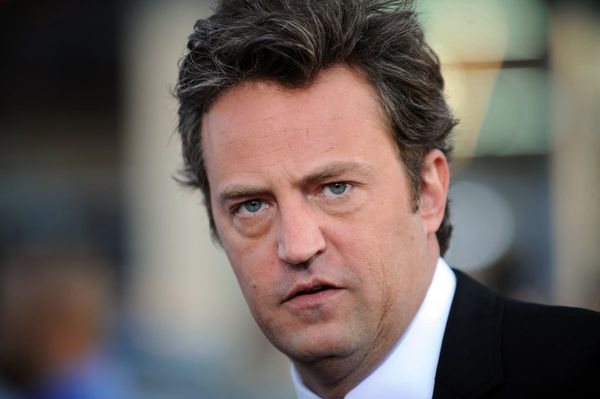Spain and Portugal underwent massive blackouts nationwide. Although power has been restored now, investigations are ongoing as to what caused the blackouts.
Tens of millions of people across both countries were left without electricity, with vast knock-on effects from grounded flights and disrupted public transit to a lack of internet access and communications.
Although the cause is still being investigated, the blackout was first blamed on extreme temperature variations according to Portugal’s grid operator REN, as reported by the Guardian.
However, some energy experts also argue that a heavy reliance on solar and wind farms in Spain could be a contributing factor to why the crisis was so impactful.
Is net zero to blame for the blackouts?
It’s certainly true that Spain has employed an increase in renewable energy sources in the last few years.
The BBC reported in June last year that the country’s total wind generation capacity – its prime renewable source – had doubled since 2008. At the same time, Spain’s solar energy capacity also increased eight times.
This made Spain the EU member state with the second-largest renewable energy resources, only beaten by Germany, according to data from energy provider, Red Electrica.
On Monday, April 28, the day of the outage, the proportion of renewables was even higher than what was recorded in 2024.
The Telegraph reports that midday, just before the blackouts, 53 per cent of Spain’s electricity was coming from solar, with another 11 per cent from wind, according to Red Eléctrica’s data. By comparison, gas was providing only about 6 per cent.
In the event of such blackouts, where a weather event causes a disruption, traditional energy systems have means of staying online, even during surges or losses of power.
However, renewable sources like solar and wind don’t have the same mechanisms in place, leading to long-lasting outages like those we saw in the Iberian countries.
Traditional grids use inertia – created by spinning parts, like gas or hydro-powered turbines – to help maintain a stable frequency.
“In a low-inertia environment, the frequency can change much faster,” said Kathryn Porter, an independent energy analyst, to the Telegraph. “If you have had a significant grid fault in one area, or a cyber attack, or whatever it may be, the grid operators therefore have less time to react. That can lead to cascading failures if you cannot get it under control quickly.”
The events in Spain and Portugal highlight how an over-reliance on renewable sources could pose similar risks in other locations, at least until an emergency means of maintaining power is found for those energy sources.







